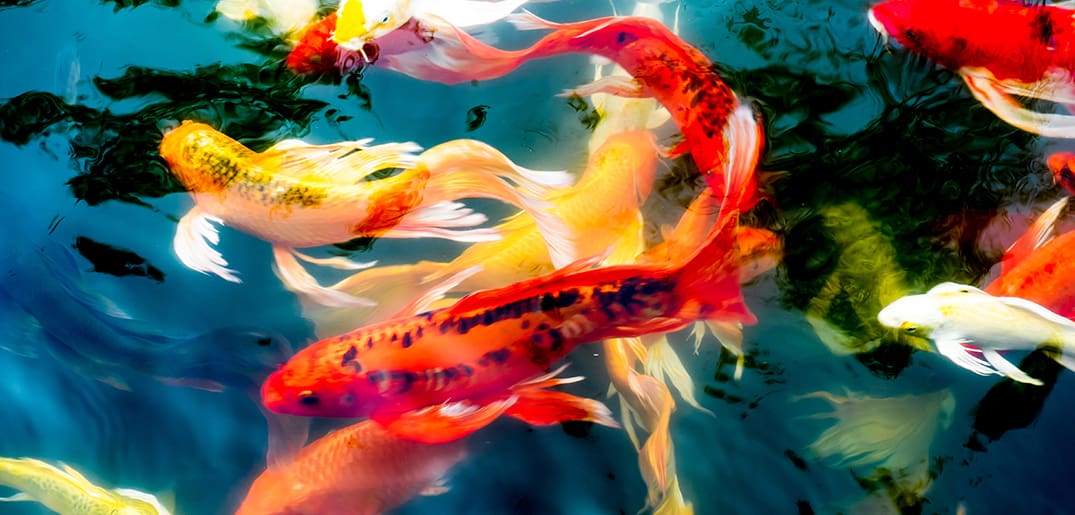If you have ever shopped for koi fish, you would already be aware that they can cost a pretty penny. Koi fish are prized for their beauty and are a valuable addition to any pond, but it is more than their aesthetic appeal that bumps up the prices to phenomenal amounts. In the All Japan Koi Show 2017, the grand champion koi fish was sold for 1.8 million dollars, breaking the record for the most expensive koi fish ever sold.
The main reason why koi prices can go so high is largely due to the prevalence of koi breeding, which began in Japan in the 1700s by rice farmers. Just as dogs are bred for their specific traits, so were these koi selected for their distinctive colors and patterns. This hobby has been taken very seriously by many koi breeders throughout the years, turning koi breeding competitions into prestigious events. But just what makes certain koi stand out above the rest?
Specialty Traits
While every koi will have to meet certain standards of size, body shape and how healthy it looks, including how gracefully it moves through the water, the quality that makes them stand out is its aesthetic coloring. The best koi have a good balance of colors and patterns on them, depending on their variety. There are three colors in particular that koi enthusiasts look out for: light koi with blue spots, koi with large red patches on their backs, and all over metallic gold koi. Furthermore, the colors may not all look good. A koi’s color cells sit at different depths in the skin, some right near the surface and some deeper under the skin, and this determines how bright the fish appears.
The Importance Of Bloodlines
In order to obtain the most aesthetic colored koi, breeders in Japan have to look at the bloodlines. The wild carp, ancestor of today’s koi, are dark colored which is considered unattractive for koi, but which helps them survive in the wild. Prize kois exhibit the opposite of such genes, having colors that are as attractive as possible.
Koi have six types of color cells in their skin: either red, yellow, black, white, blue, or metallic. Prize kois come from bloodlines that have white bodies and many red cells concentrating in large patches. In Japanese culture, red and white are important colors which represent joy and purity, hence koi which have these two colors are generally sought after for breeding.
Breeding Koi
Today there are roughly 120 varieties of koi fish. A single koi can birth hundreds of thousands of baby koi at a time. To get the best koi, a breeder may start with literally millions and millions of fish babies. From there, they will make several rounds of selections as the fish grow, say from 3 million babies to 15,000 in the first year, and then choosing 1,000 out of those to raise in the second year. Koi may grow for 9 years, such as the grand champion 1.8 million dollar koi, before being sold. Hence breeders make huge investments into their koi as well.
So next time you see expensive koi fish, you can imagine how much work and effort had gone into breeding those beautiful fish! If you are looking for fish or fish care, visit Everything Koi for all your koi needs.


 Blog
Blog



